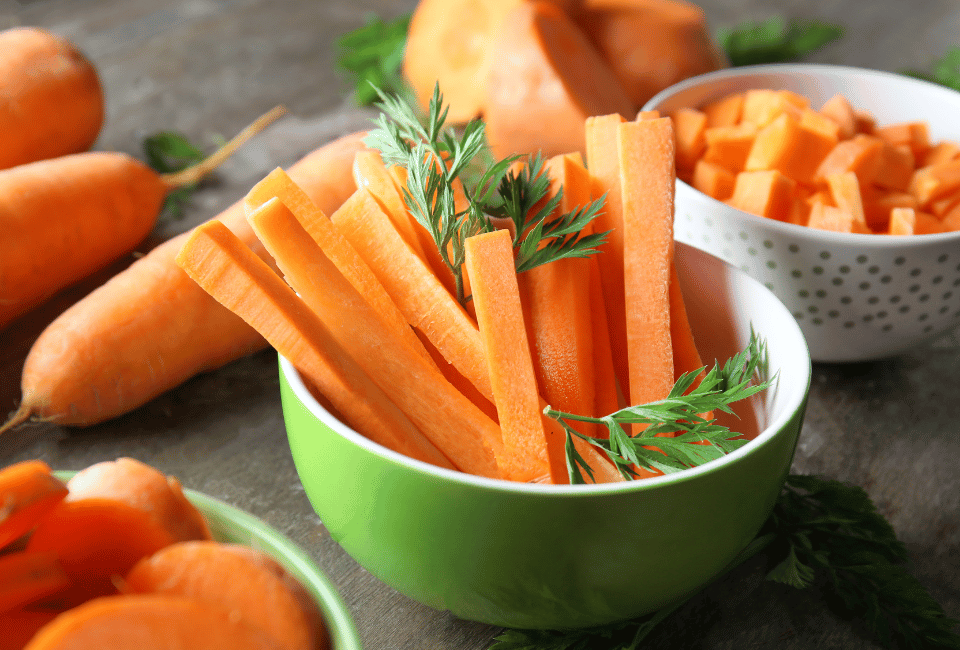
When starting solids, carrots are one of the top vegetables parents reach for—and for good reason. They’re naturally sweet, packed with nutrients, and easy to prepare in many baby-friendly ways. But if you’re going the baby-led weaning (BLW) route, you might be wondering how to make carrots safe and enjoyable for your little one to self-feed. Learn more about the principles and benefits of baby-led weaning.
However, as your baby starts exploring solids with BLW, it’s important to offer a variety of textures. While BLW is focused on self-feeding with finger foods, introducing purees and mashed foods can also be a great way to help your baby adjust to different textures. For example, if you want to introduce soft foods, consider trying carrot purees alongside their finger-sized carrot sticks. For more puree options, check out my article on First 10 Purees to Start with!
Now, let’s break down what baby-led weaning is all about.
Why Carrots Are Great for BLW
Carrots are rich in beta-carotene, which the body converts into vitamin A—essential for healthy eyesight, skin, and immune function. They’re also a good source of fiber, vitamin K1, potassium, and antioxidants. Their natural sweetness makes them an easy win for babies exploring solids.
For baby-led weaning, carrots are a favorite because:
- They’re versatile and pair well with other flavors
- They’re easy to hold and gum (when prepared properly)
- They’re great for practicing hand-to-mouth coordination
How to Cook Carrots for Baby Led Weaning
Not sure how to cook carrots for baby led weaning? Texture is everything in BLW. To make carrots safe and easy for your baby to handle, they need to be soft enough to mash between your fingers but still firm enough to hold. Here are the best methods to prepare them:
- Steaming: A gentle way to retain nutrients. Steam whole carrots or cut them into thick sticks and cook for about 10-15 minutes until fork-tender.
- Boiling: Works just as well, but you may lose more nutrients into the water. Boil for 10-15 minutes and test the softness.
- Roasting: Enhances flavor and natural sweetness. Cut into thick sticks, drizzle with olive oil, and roast at 400°F (200°C) for 20-30 minutes until tender.
Always let them cool before serving and make sure they’re not too hot in the center.
BLW Carrots by Age
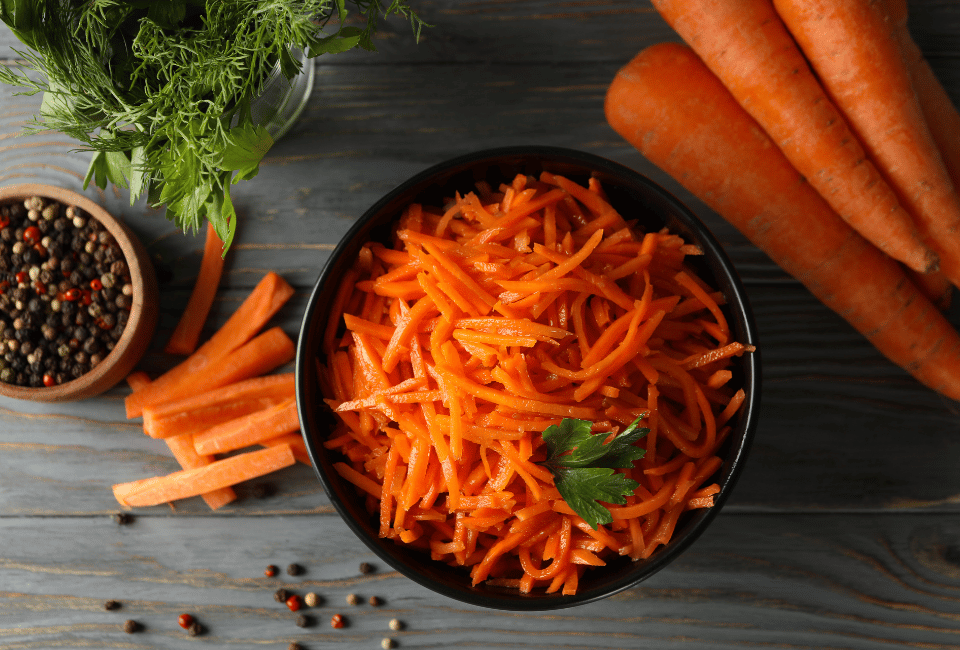
BLW carrots can be served in different ways depending on your baby’s age—steamed sticks for early eaters, grated or roasted chunks for older babies learning to chew. See below some of the most common ways to cook carrots for each age group.
- 6-8 Months: Offer large carrot sticks (about the size of two adult fingers). They should be soft but not mushy, so your baby can grasp them and chew safely with their gums.
- 9-12 Months: You can start to offer smaller pieces or even grated, steamed carrot. Babies this age usually develop a pincer grasp and can self-feed more precisely.
- 12+ Months: Move toward offering carrots in more mixed dishes like veggie patties, muffins, or even finely chopped in soups or pasta.
Raw Carrots for BLW? Not Yet! Raw carrots are a choking hazard for babies under 3 years old. Even shredded raw carrot can pose a risk. Always cook them well for babies and toddlers.
Starting solids can be a little overwhelming, especially for first-time parents. There are several mistakes many parents make when introducing first foods to their babies. From the wrong textures to inappropriate food sizes, it’s easy to get off track.
As you progress through your baby-led weaning journey, it’s important to be aware of these potential pitfalls, learn about common feeding mistakes and how to avoid them.
Smart Pairings for Carrots
Carrots go well with so many flavors. Try pairing with:
- Sweet potato or parsnip for an ultra-sweet blend
- A sprinkle of cinnamon or cumin
- Avocado or hummus for dipping
You can also mash carrots into other foods or serve them alongside other veggies for variety.
Common Concerns with BLW Carrots
Are carrots too hard for babies? Only if they’re undercooked. Always test by pressing between your fingers before serving.
What about nitrate levels? Home-cooked carrots are generally safe in moderation. If you’re concerned, avoid using leftover cooking water and don’t serve carrot puree every day.
Final Tips
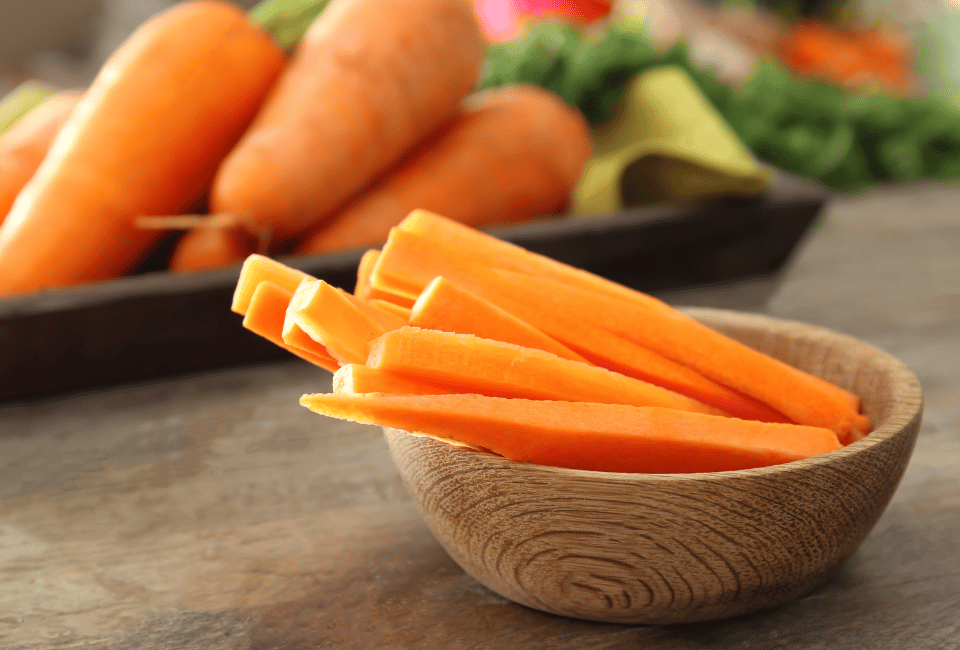
- Cut into finger-sized sticks for easy grasp
- Let your baby explore and self-feed at their own pace
- Watch for signs of readiness (sitting up well, mouthing objects, showing interest in food)
Carrots are a fantastic first food for baby-led weaning when prepared properly. With the right texture and size, they support motor skills, offer excellent nutrition, and open the door to a lifetime of veggie love.
Looking for more ideas? Check out my articles on banana for baby-led weaning and mango for baby-led weaning. You’ll also find plenty of vegan-friendly finger food ideas for baby-led weaning. Plus, I share feeding tips, meal plans, and real-mom advice to help you feel confident every step of the way.
FAQs
Can I give my 6-month-old carrot sticks?
Yes, if they’re cooked soft enough to mash between your fingers and cut into finger-length sticks.
Can I offer roasted carrots for BLW?
Absolutely! Just make sure they’re not too crispy or browned on the edges.
Is it okay to mix carrots with other foods?
Yes, especially as your baby gets older. Mixing helps expose them to different textures and flavors.
Can babies be allergic to carrots?
Carrot allergy is rare but possible. Introduce it alone the first time and monitor for reactions.
How often should I serve carrots?
Carrots are safe a few times a week. Vary veggies to build balanced exposure.
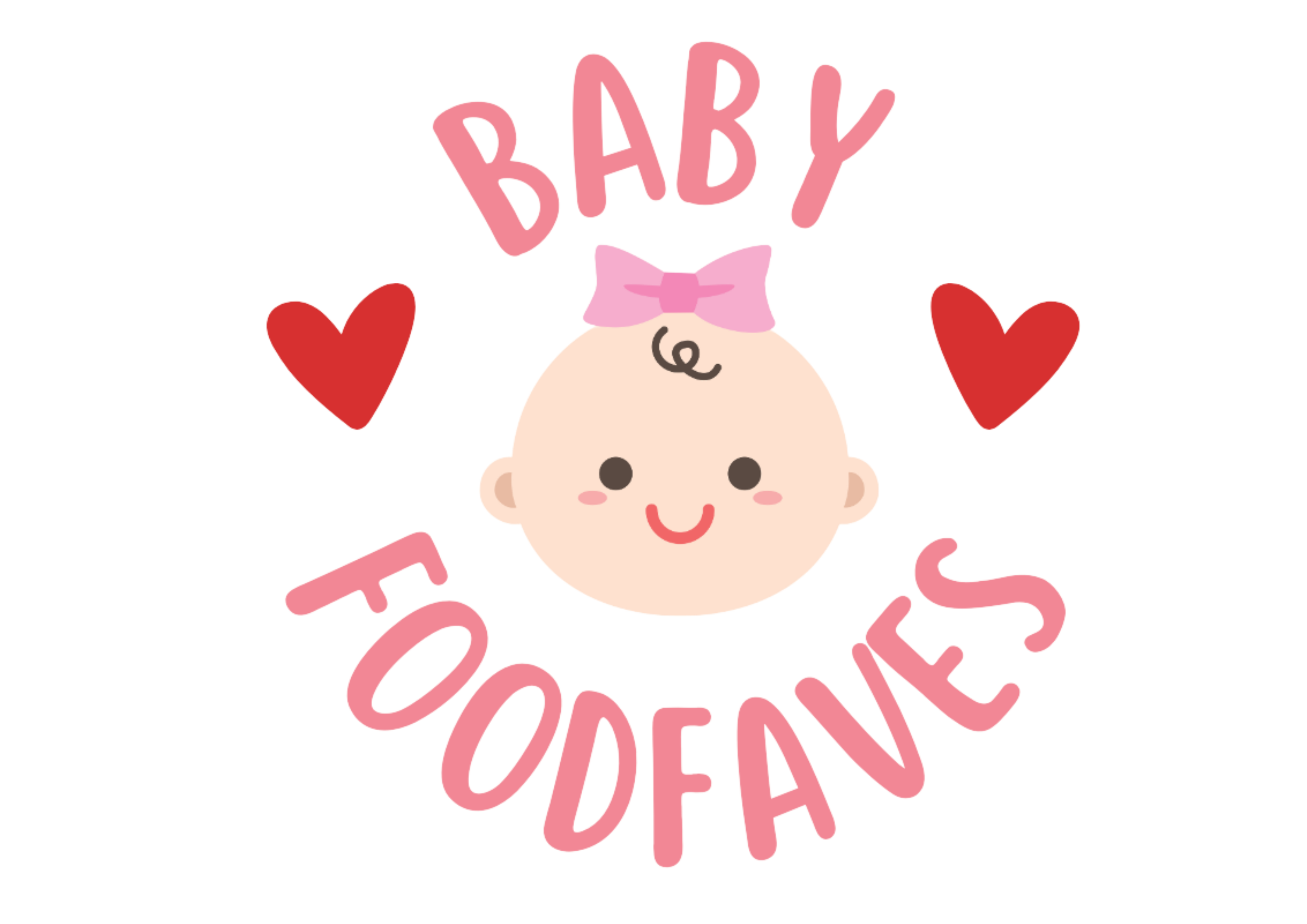
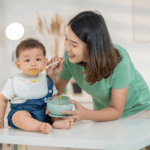
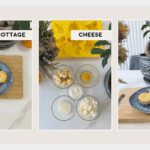
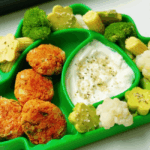
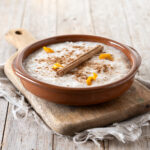

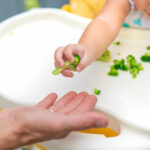
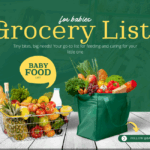
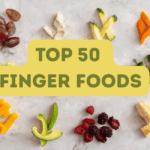
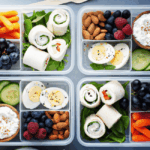
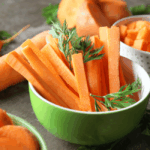
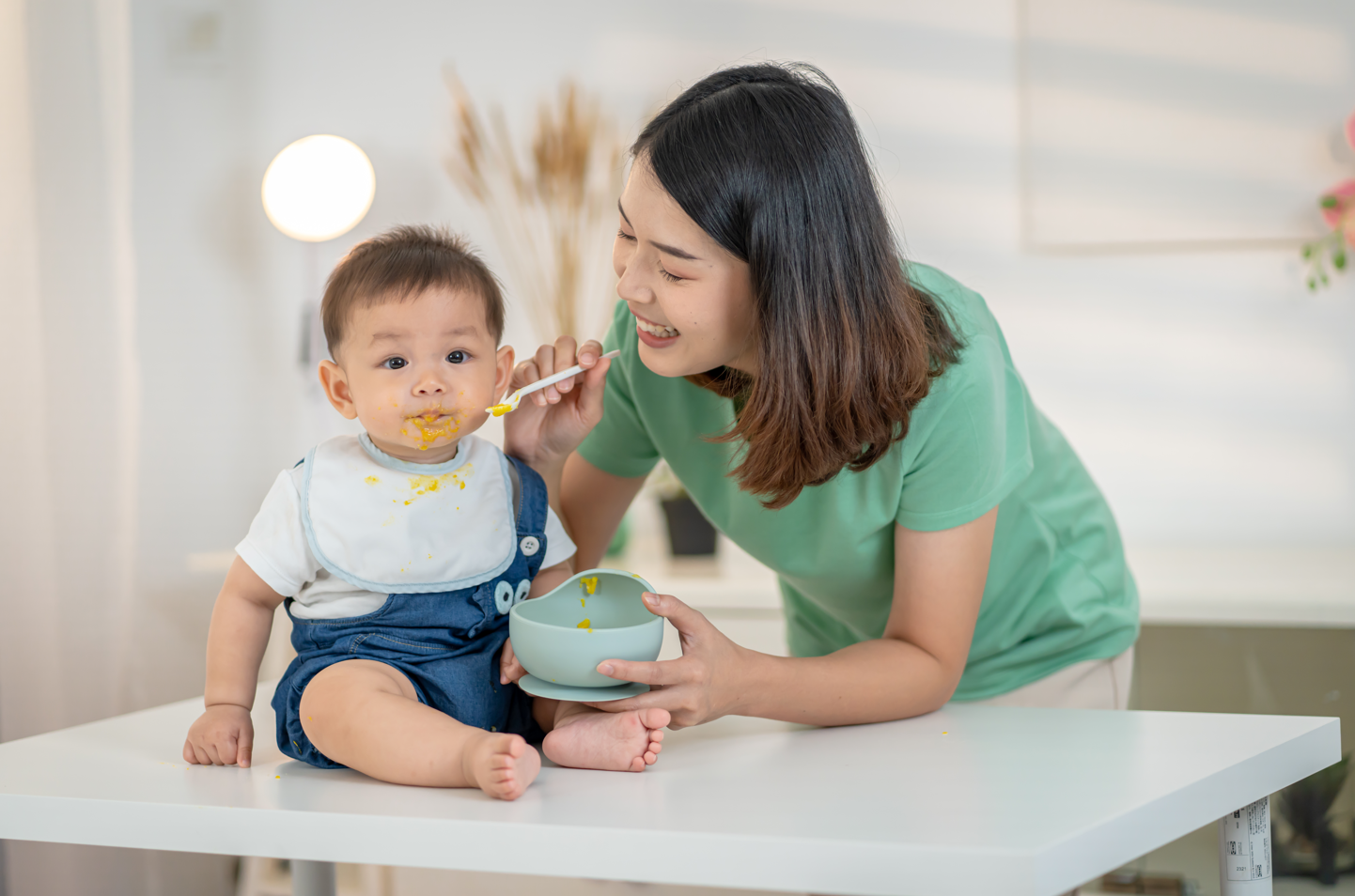
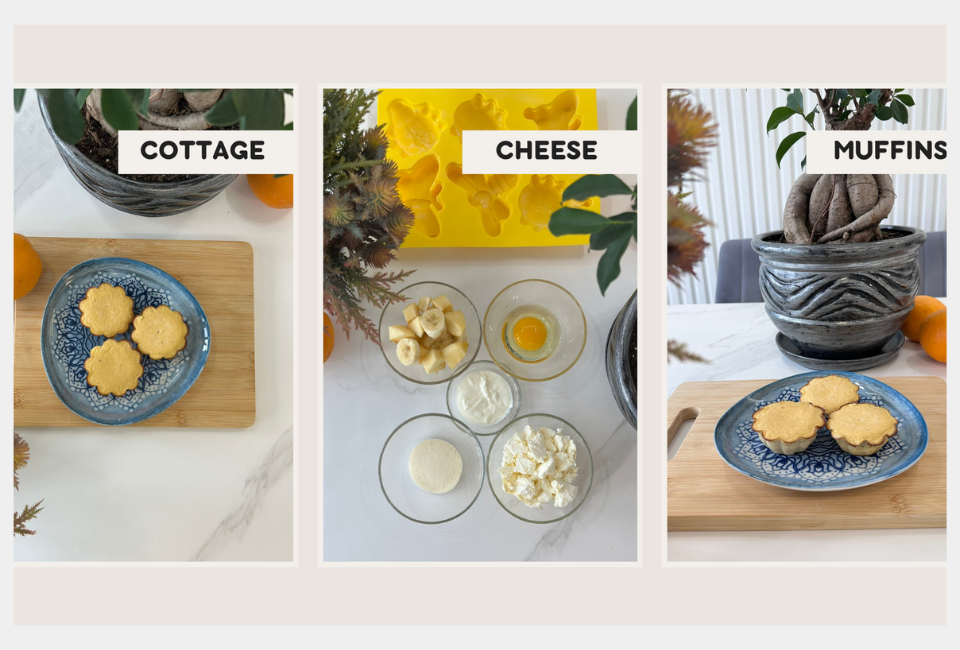
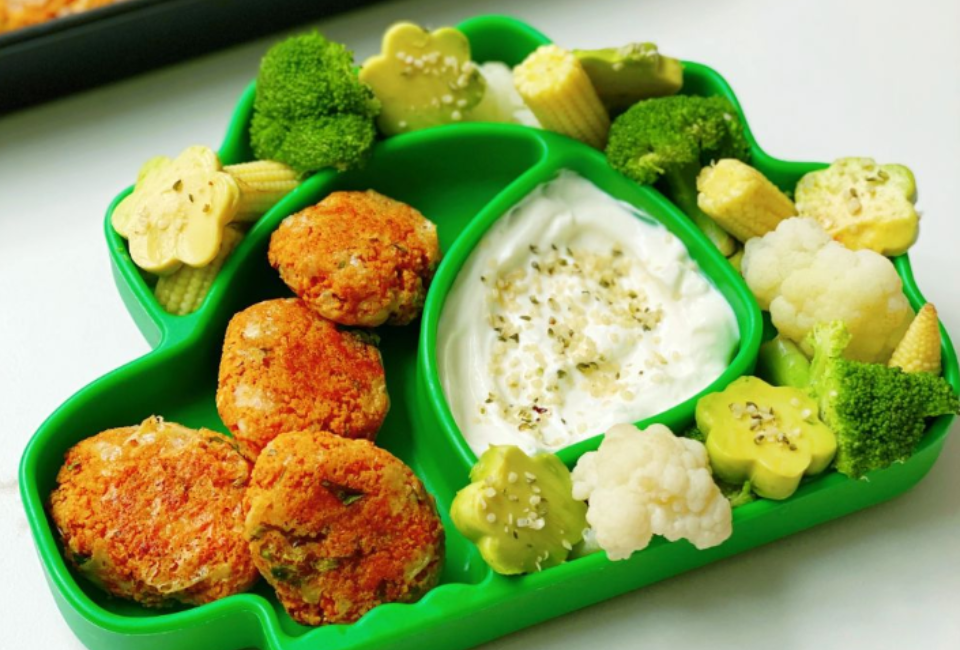
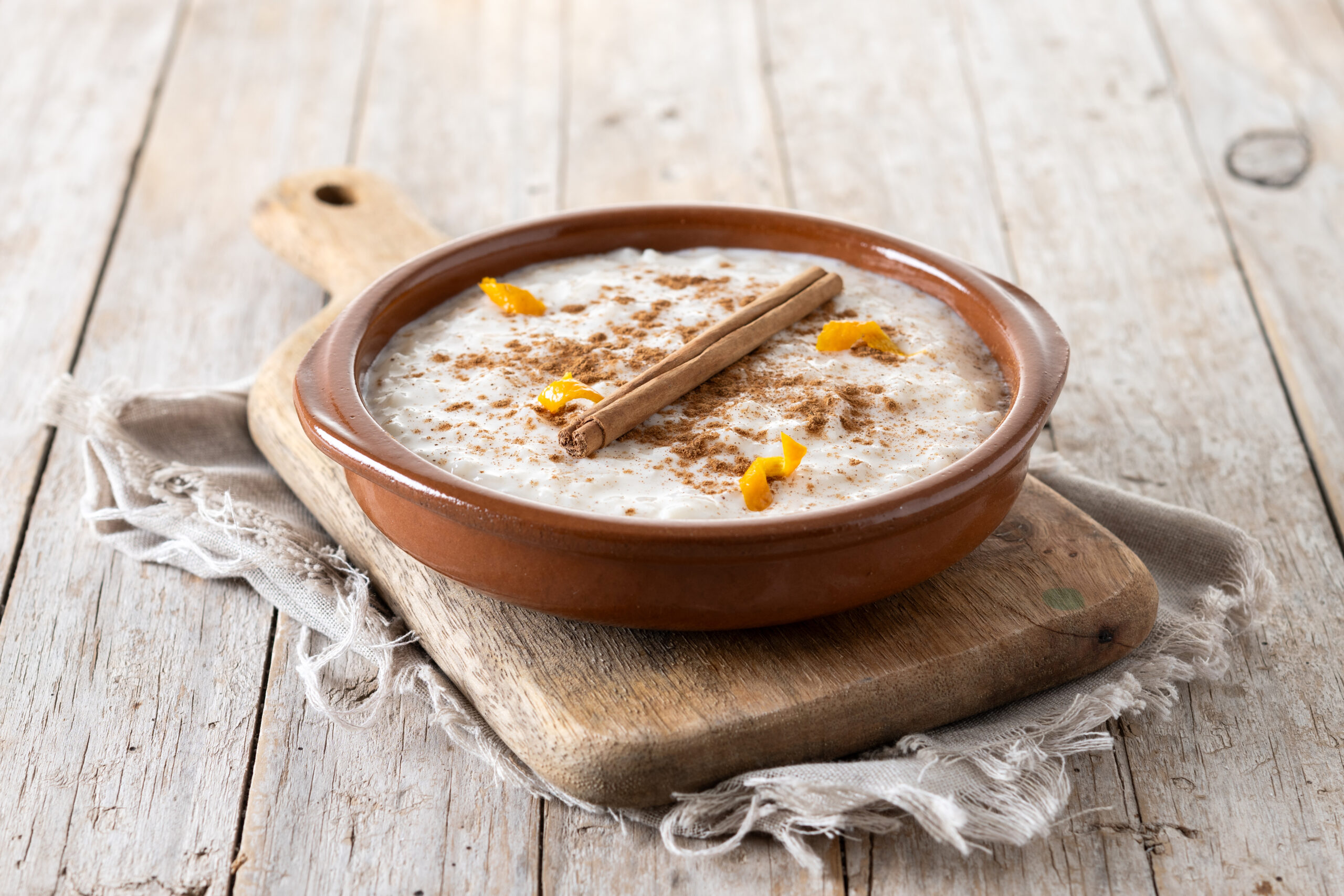
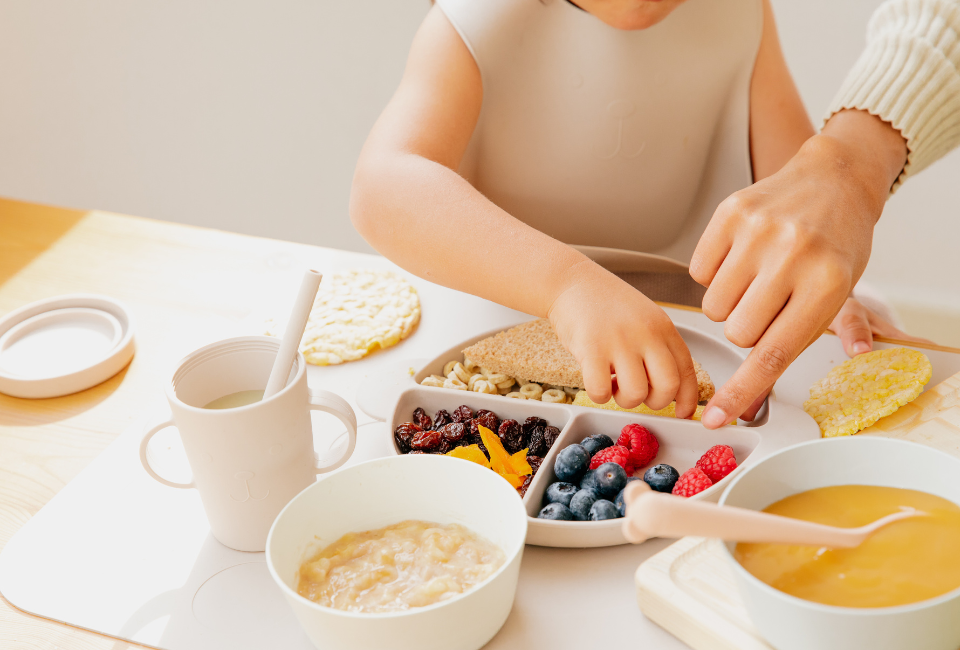
Leave a Reply